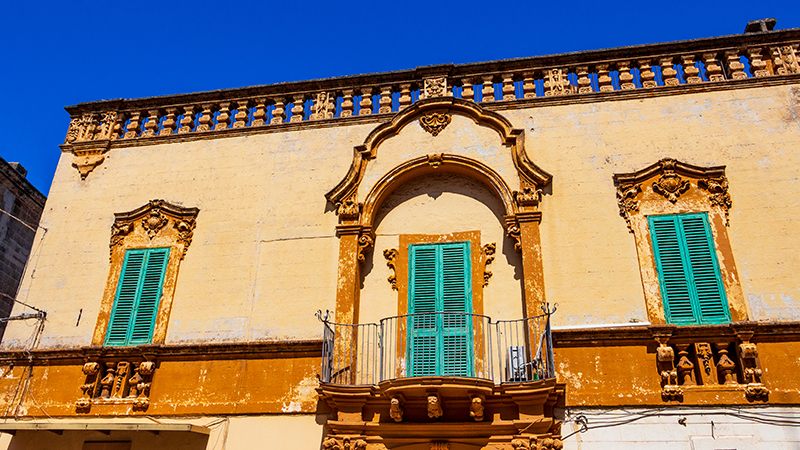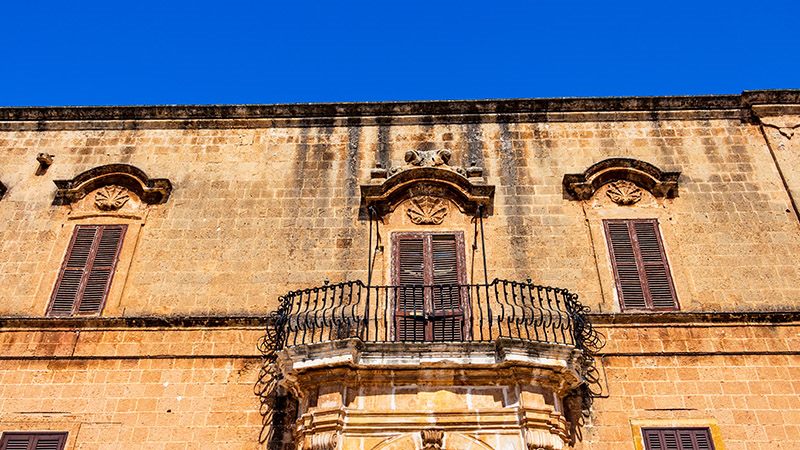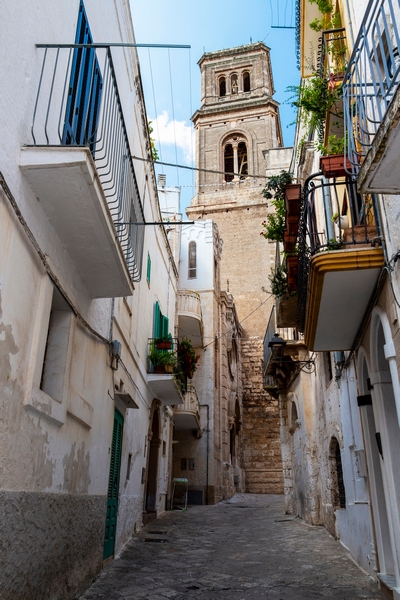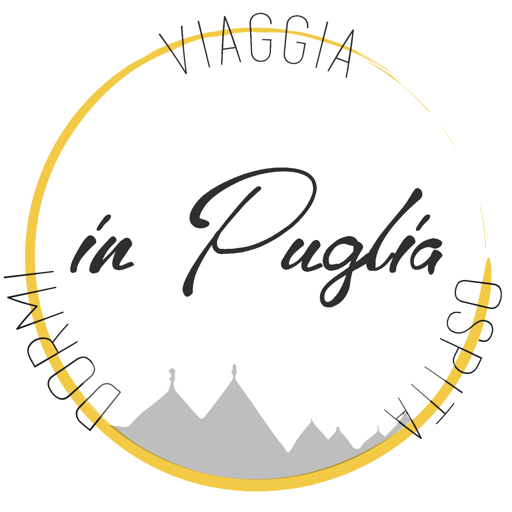Fasano is surrounded by large farms and century-old olive tree groves, dolmen and archeological ruins: this town unrolls its little streets among arches, white walls and little squares. The ancient walls still preserve the “Fogge” fortified Tower, which in old times, was one of the entrances to the town. Inside the ancient part of Fasano it is possible to see the Cathedral with its late- Renaissance architecture, dedicated to S. Giovanni Battista and the Baroque Church of Purgatory. Going on,it can be met with the Knight Arch, that leads to Baliale Palace, restored and headquarter of the Municipality. From Fasano’s square start two main Avenues and crossing them,wonderful XVIII and XIV century Palaces can be seen.
To be seen
- Start from the main square, Ciaia Square, full of wonderful buildings and go on through the pedestrian path, reaching the famous “Fogge” fortified Tower, the only surviving tower of the ancient walls.
- Enter the Old Town to visit the many typical churches, such as the Cathedral of S. Giovanni Battista, the Church of S. Francesco da Paola and the Church of S. Antonio Abate, with annexed the Convent of the Friar Minor.
- Move forward through the bustling Vittorio Emanuele Avenue that, together with Garibaldi Avenue, hosts beautiful noble palaces and shops, then reach the Portico of the Teresians, officially declared “Good of Particular Cultural Interest”; This Portico, in ancient times, was also the location of the town market.
- Outside the town,there are the beach villages of Savelletri and Torre Canne that, with their clean beaches and crystal-clear sea, are worth a visit.
- lo zoosafari, il più grande parco faunistico d’Italia che accoglie circa 3000 animali di 200 specie diverse. Particolarmente interessanti i gruppi di giraffe, zebre, leoni e orsi tibetani, nonché gli unici orsi polari in Italia.
- The Zoosafari, the biggest Faunal Park in Italy, that hosts around 3000 animals, of 200 different spices. Particularly interesting are the group of giraffes,zebras,lions and Tibetan bears, which are also the only polar bears in Italy.
- The Natural Regional Park of the Coastal Dune,a complex area, rich in values that have to be preserved; in this Park, there are numerous natural habitat;vast arable lands,which are object of safeguard plans of the cultivation, with biological methods; century-old olive tree groves; Traiana Street; archeological sites, which are also important from historical and cultural point of view; historical large farms and hypogeal olive oil mills; “lame”* and rocky settlements.
- Egnatia Archeological Dig, a precious site, rich in extraordinary evidences of the ancient town of Gnatia, of Messapic and Roman origin.
- Montalbano Dolmen, still untouched and probably dating back to the Bronze Age, around 2000-1500 B.C


Main events
- Gustosia, Apulian agricultural excellence market show,that takes place the first week-end of November;
- Fasano handicraft Exhibition, in August;
- Costa dei Trulli Festival, an important music festival,which sees the participation of the most important celebrities of the italian music scene and beyond; this Festival includes inside it another important show, Fasano Jazz, a historic appointment for jazz lovers, with great names that participate every year;
- The “Scamiciata” a historic parade, with flag-throwers. During this parade,scenes of the town fight, to remember the victory against Turks in 1678, are performed.
- Christmas under the Star and the Star on the Cavern, with an enormous star located in the natural cave of Rivolta Mount, with annexed living nativity scenes;
- The big living nativity scene of Pezze di Greco, magic and typical: it is opened only at Christmas;

